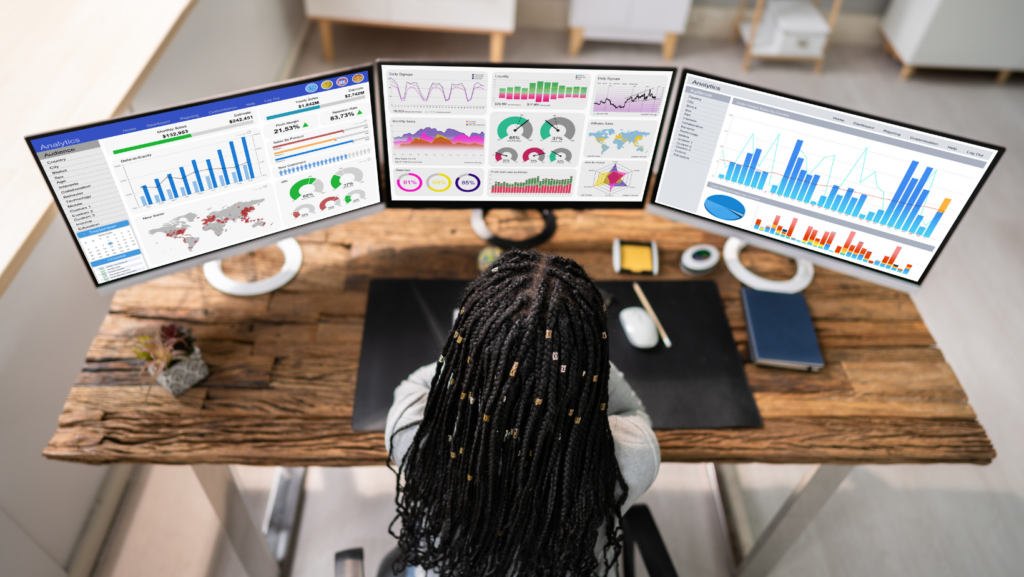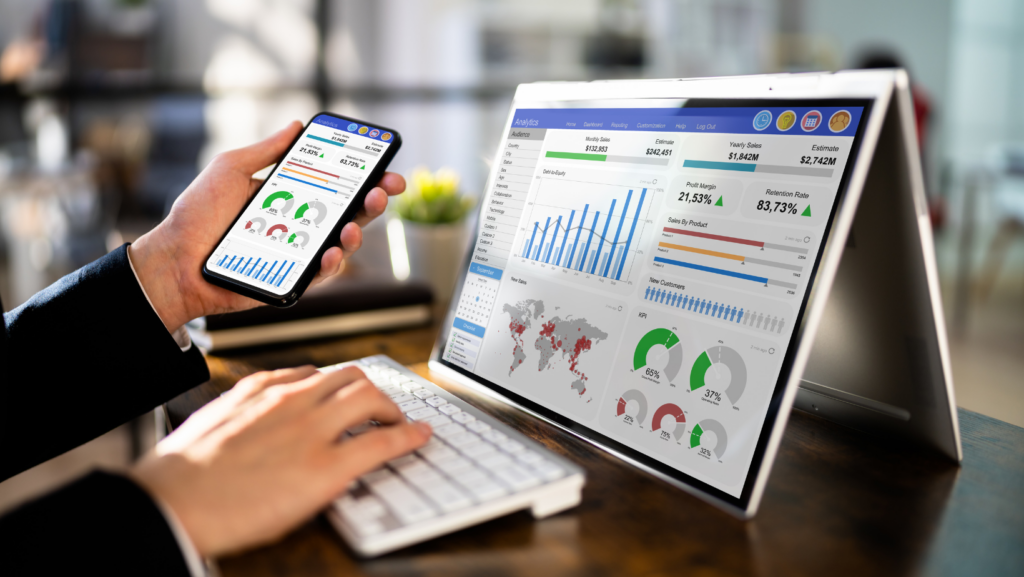In today’s digital world, data is the new oil, and the ones who know how to refine it are in high demand. Enter the realm of what is data science and analytics. These two terms, often used interchangeably, are transforming industries and redefining the way we live and work.
So, whether you’re a seasoned professional, an aspiring data enthusiast, or just curious about this buzzword, buckle up. We’re about to dive into the fascinating world of what is data science and analytics.
What is Data Science and Analytics
The Definition of Data Science and Analytics

Data Science encompasses a blend of various fields and technologies. It revolves around the use and manipulation of large data sets, with a focus on deciphering complex patterns, trends, and behaviors. Think of it as an umbrella term that integrates statistics, data analysis, machine learning, and associated methodologies, aiming to decipher and leverage useful insights from raw data. A quintessential example portrays a data scientist tracing the spread of a virus, by gathering raw data, curating it, processing it, and deriving meaningful insights about the virus’ behavioral pattern.
Analytics, on the other hand, implies a systematic computational analysis of interpreted data. It usually involves the investigation of past historical data to predict trends or make educated business decisions. In essence, analytics interprets the insights unearthed by data science into actionable strategies. An instance includes an e-commerce business utilizing analytics to understand buying behavior, where it identifies patterns and suggests purchases for individual customers, based on past transactions and browsing history.
Core Components of Data Science and Analytics
The Role of Statistics and Mathematics / Computational Tools and Software

Statistics and mathematics serve as the cornerstone in the field of data science and analytics. They’re harnessed to describe, analyze, and interpret data. These disciplines play a significant role in data exploration and hypothesis formation. Performing statistical tests, for example, allows them to validate hypotheses, drawing conclusions based on the outcomes. Additionally, mathematics offers a framework for understanding patterns and relationships in data.
Information technology has a significant role in data science and analytics. The overwhelming data volumes require powerful computational tools, hardware, and software. Python and R are two key programming languages in this field that facilitate data preprocessing, statistical analysis, and machine learning algorithms implementation. Software like Hadoop lets them handle big data, while SQL databases aid data management and query.
Real-World Applications of Data Science and Analytics
Unprecedented advancements in technology have resulted in a vast influx of data, catapulting both data science and analytics into realms far beyond rudimentary data processing and analysis. Various industries find immense value in leveraging these techniques for informed decision making, optimization, and predictions. This section presents an overview of industries revolutionized by data science and peppers in a few case studies that spotlight successful applications.
Industries Transformed by Data Science

Data science’s far-reaching tentacles extend across diverse industries. For instance, healthcare has welcomed machine learning algorithms to predict patient outcomes and optimize treatments. Retail companies leverage big data for customer segmentation and personalized advertising. Finance uses analytical models for risk assessment, fraud detection, and investment strategies.
Notably, the transportation industry has embraced data science in route planning, traffic management, and predictive maintenance. Fleet companies, for example, use analytics to optimize routes, reducing fuel costs and improving efficiency.
In the agriculture sector, advanced algorithms forecast production and monitor crop health, transforming the way farmers work and increasing yield and sustainability.
Data Science is the Magic Wand
What is Data science and analytics aren’t just buzzwords; they’re the driving force behind many advancements in sectors like healthcare, retail, and finance. By leveraging statistics, mathematics, and computational tools, they’ve reshaped how businesses operate, as seen in Walmart’s inventory management and Google’s DeepMind AI. Yet, challenges persist, from a talent shortage to data volume management and privacy concerns.
